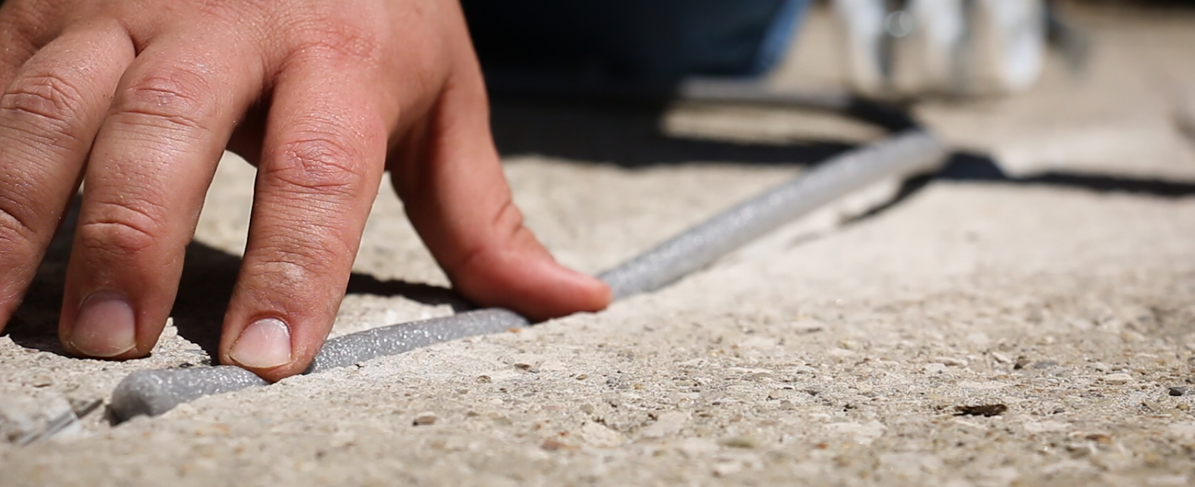To simulate the performance of a wall system under real-world conditions, design professionals and engineers often conduct a WUFI model simulation. WUFI stands for, in German, “Wärme Und Feuchte Instationär”, which, translated into English, means heat and moisture transiency. This software is a tool for investigating multiple elements of the building envelope as it relates to heat and moisture transport through the wall system. The resulting information can help building owners understand how a proposed design will impact their structure’s longevity and performance. Read on to learn about the simulation’s benefits and limitations.
Product Evaluation
Building material manufacturers must work with a third-party testing lab in order to get their products physically tested and entered into the WUFI database. The labs test for permeability, thermal conductivity, the liquid transport coefficient, and other related data points. From there, whoever is running the model (a consultant, architect, engineer or manufacturer) can enter the product information into the specified design in WUFI, selecting the jobsite’s location, specific products and their application thicknesses. The interior and exterior wall components used in the simulation include but are not limited to the:
- air barrier membrane
- interior insulation
- sheathing
- framing (wood/steel)
- exterior finishing systems
- masonry façade (brick or stone, for example)
Simulation Output
After the simulation is run for the proposed wall system and interpreted by a professional, a WUFI report can help:
- determine the moisture/vapor and heat transfer through a wall system
- identify how efficient the wall system is in terms of thermal resistance
- detect if the wall system has potential for condensation which could lead to mold growth
- optimize the design for the desired outcome (i.e. LEED ratings) through a sensitivity analysis
Ultimately, the goal is to validate a proposed design, or perhaps take the design professional back to the drawing board to develop a more robust solution, if desired.
WUFI Considerations
WUFI’s calculations are very complex and can take into account product thicknesses, combinations, and numerous environmental factors. Should any of the components in the wall design be changed, the simulation will need to be rerun. Here are some of the elements WUFI considers:
- every product in the system per manufacturer and its application thickness
- specific locational climate over a time period (typically 3-5 years)
- all sides of a building and its exposure to sun, wind and rain
- the surrounding environment, including nearby bodies of water or buildings, that would impact the structure’s contact with the elements
WUFI Limitations
Although useful, WUFI is only a simulation so it does not guarantee final results. The model assumes perfect in-field application of all products with complete compatibility and adhesion. For example, it implies that all window-to-wall connections and wall penetrations have been appropriately detailed and will not leak. It does not account for thermal bridging, which inevitably affects the wall performance.
If you have any concerns about the simulation results, don’t hesitate to get a second opinion from another consultant, engineer, design professional or manufacturer.
WUFI is a great industry resource to inform all stakeholders in a building’s construction about the effects the wall-design will have on long-term performance. It is important to remember, however, that it is only a simulation, so the structure will only perform as well as it is constructed. Utilizing WUFI in combination with other testing methods and simulation models will give you a well-rounded projection of how your building will withstand the elements for years to come.






